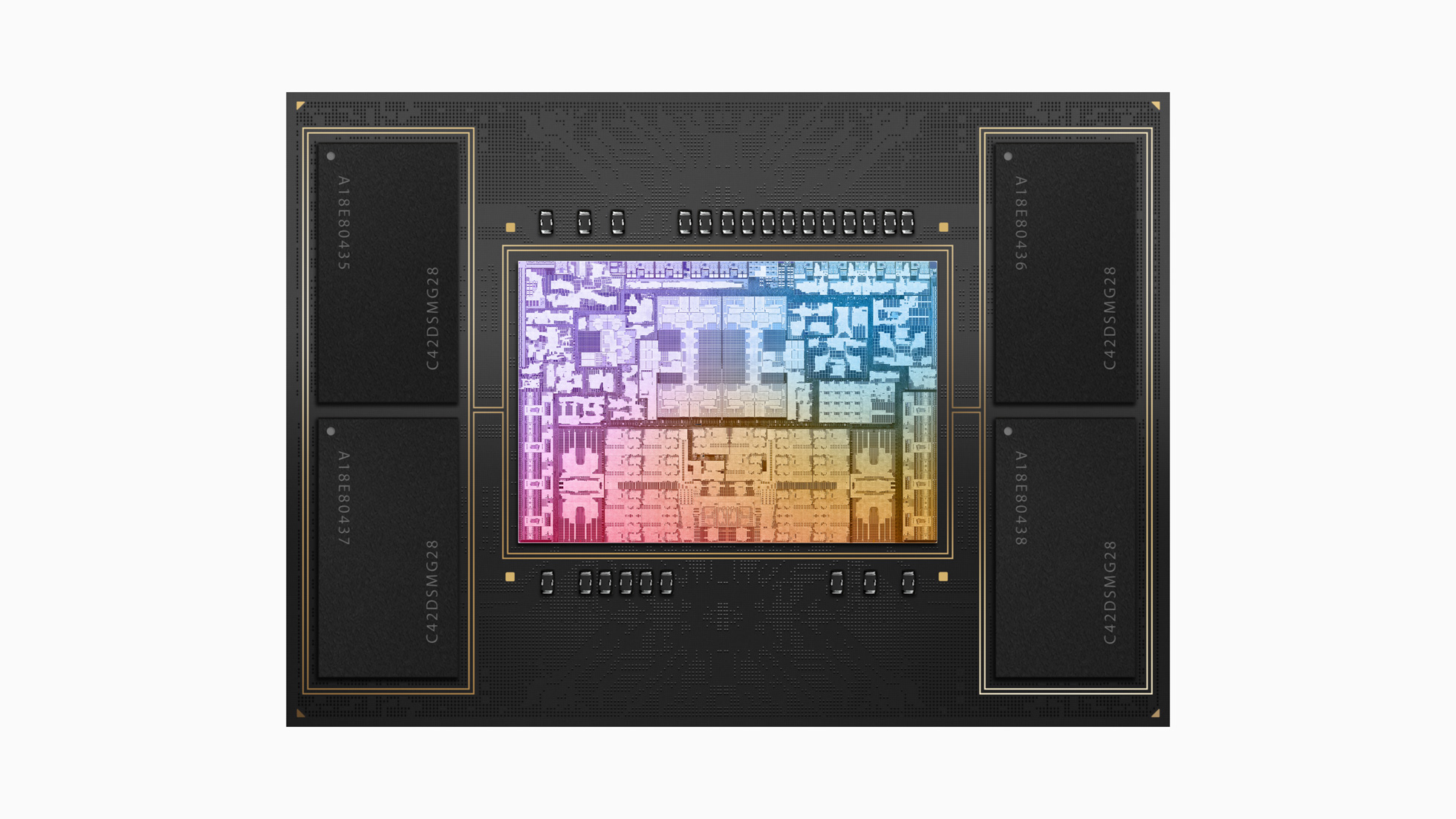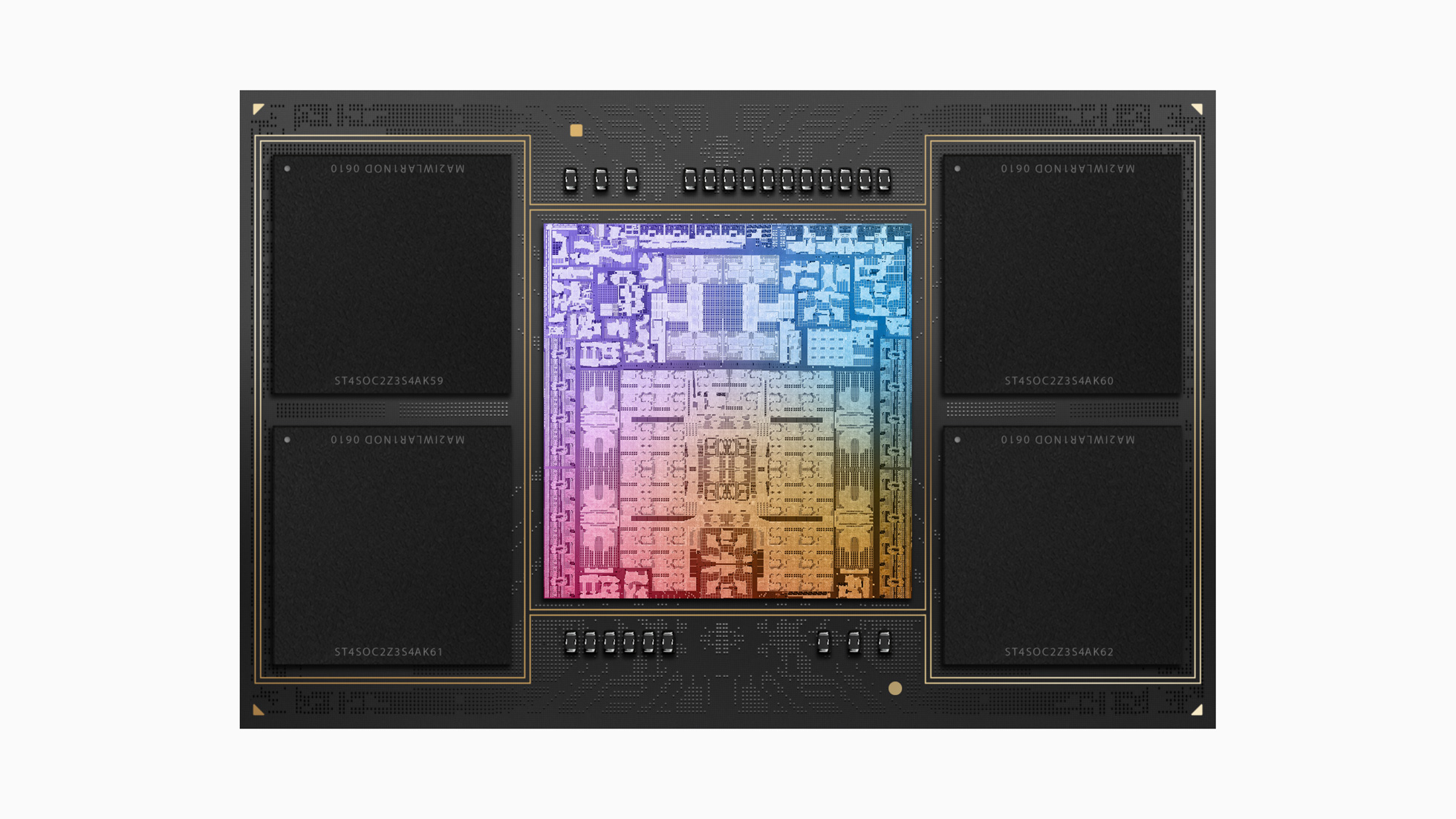Apple this morning announced new Macbooks powered by the latest generation of its in-house, custom-designed PC chipsets. The chipsets — the M2 Pro and M2 Max — feature a more powerful CPU and GPU, up to 96GB of unified memory and what Apple claims is “industry-leading” power efficiency.
M2 Pro

Image Credits: Apple
Built using a second-generation 5-nanometer process technology, the M2 Pro consists of 40 billion transistors — nearly 20% more than M1 Pro and double the amount in M2 — 200GB/s of unified memory bandwidth (twice that of M2) and up to 32GB of low-latency unified memory. The 10- or 12-core CPU has up to eight high-performance cores and four high-efficiency cores, resulting in multithreaded CPU performance that’s reportedly up to 20% faster than the 10-core CPU in M1 Pro, and can be configured with up to 19 GPU cores — three more than the M1 Pro — with a larger L2 cache.
Apple claims that compiling in Xcode is up to 2.5x faster using the M2 Pro than on the fastest Intel-based MacBook Pro while graphics speeds are up to 30% faster than the M1 Pro.
M2 Max

Image Credits: Apple
The M2 Max, the more powerful of the two chipsets, has 67 billion transistors — 10 billion more than M1 Max and more than 3x that of M2 — and 400GB/s of unified memory bandwidth, which supports up to 96GB of fast unified memory. Otherwise, it has the same 12-core CPU as M2 Pro, paired with a larger L2 cache and a GPU packing up to 38 cores.
Graphics speeds climb up to 30% faster than M1 Max, Apple says. And in terms of battery life, the company claims the M2 Max can deliver up to 22 hours — the longest battery life ever in a Mac.
Both the M2 Pro and M2 Max include Apple’s next-generation Secure Enclave, a hardware-based key manager that’s isolated from the main processor to provide an extra layer of security, and Apple’s latest 16-core Neural Engine, capable of 15.8 trillion operations per second and up to 40% faster than the previous generation. (The Neural Engine accelerates machine learning tasks such as video analysis, voice recognition, image processing and more, including enhancing camera image quality.
But the chipsets differ on the media processing side. The M2 Pro has a media engine including hardware-accelerated H.264, HEVC and ProRes video encode and decode, while the M2 Max features two video encode engines and two ProRes engines, bringing up to 2x faster video encoding than M2 Pro, according to Apple.
Apple unveils M2 Pro and M2 Max chips, featuring new Neural Engine and more by Kyle Wiggers originally published on TechCrunch
DUOS





